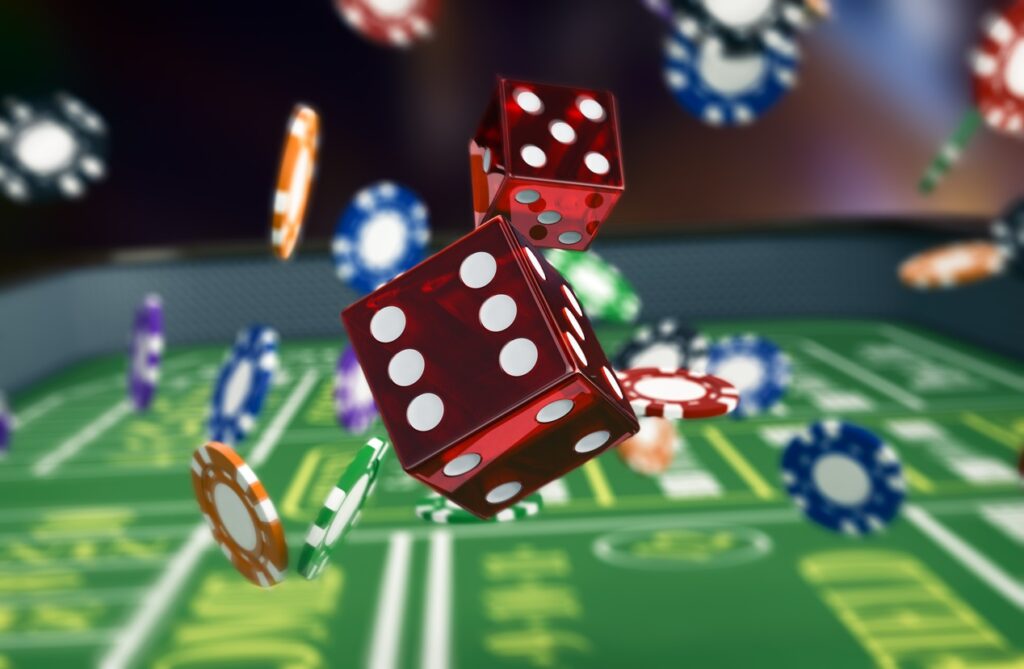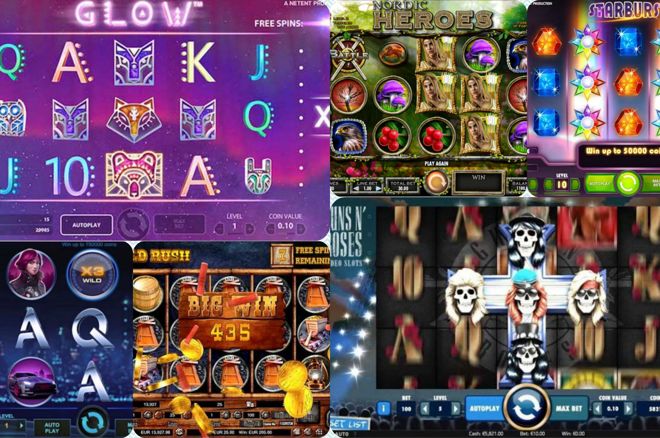Slot machines have long held a captivating allure, drawing players into a world where luck and chance collide in a whirlwind of lights, sounds, and spinning reels. However, behind their flashy exteriors lies a complex web of algorithms designed to keep players engaged while ensuring the casino’s profitability. At the heart of every slot machine is a random number generator RNG, a sophisticated algorithm that determines the outcome of each spin. Contrary to popular belief, slot machines do not operate on a fixed cycle or pattern. Instead, they rely on RNGs to generate random sequences of numbers, which correspond to different symbols on the reels. The RNG operates at lightning speed, producing thousands of number combinations every second, even when the machine is not in use. When a player initiates a spin, the RNG instantly selects a random number, which determines the position of the reels and the symbols displayed. This process happens so quickly that it creates the illusion of a seamless, continuous flow of gameplay.
One crucial aspect of dewaslot69 alternatif machine algorithms is the concept of payout percentage or return to player RTP. The RTP refers to the percentage of wagered money that the slot machine is programmed to pay back to players over time. For example, a slot machine with a 95% RTP will, on average, return 95 for every 100 wagered. The remaining 5% represents the casino’s profit margin. To maintain their edge, casinos adjust the RTP of their slot machines strategically. While some machines may offer higher RTPs to attract players, others may feature lower RTPs to maximize profits. Additionally, factors such as the machine’s denomination, theme, and location within the casino can influence its RTP. Another key component of slot machine algorithms is the concept of near misses. These occur when the reels stop just short of forming a winning combination, creating the illusion of almost winning. Near misses trigger a psychological response in players, encouraging them to continue playing in the hopes of achieving a jackpot.
However, in reality, near misses have no bearing on the outcome of future spins, as each result is determined independently by the RNG. Slot machine algorithms also incorporate various features and bonuses designed to enhance the player experience. These may include wild symbols, scatter symbols, free spins, and bonus rounds, each offering the potential for increased winnings. However, it is essential to recognize that these features are not purely random; they are programmed to occur with specific probabilities, further influencing the machine’s overall payout structure. In recent years, advancements in technology have ushered in a new era of slot machine algorithms, with digital and online platforms offering increasingly immersive gaming experiences. From interactive graphics to personalized bonuses, modern slot machines are continuously evolving to cater to the preferences of today’s players. While the inner workings of slot machine algorithms may seem shrouded in mystery, they ultimately serve a dual purpose – to entertain players and generate revenue for casinos.



